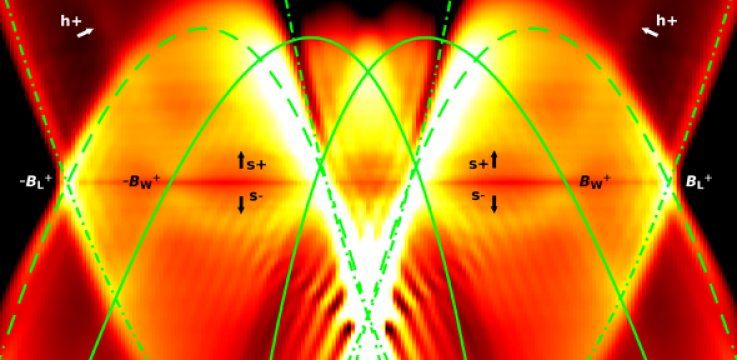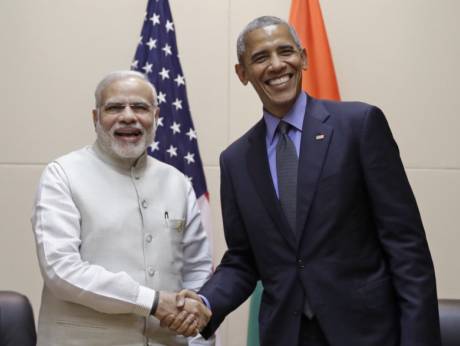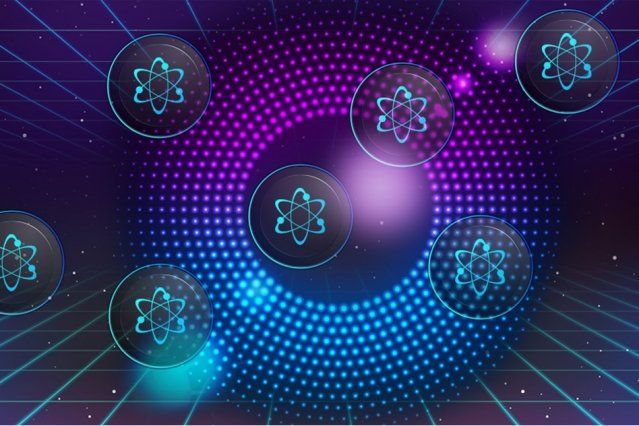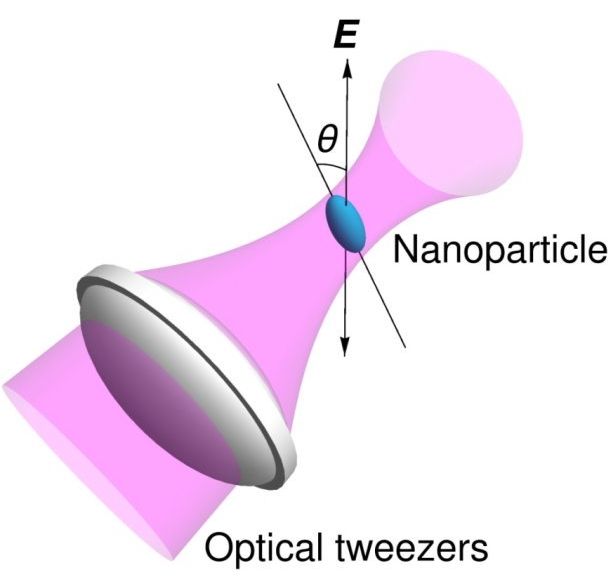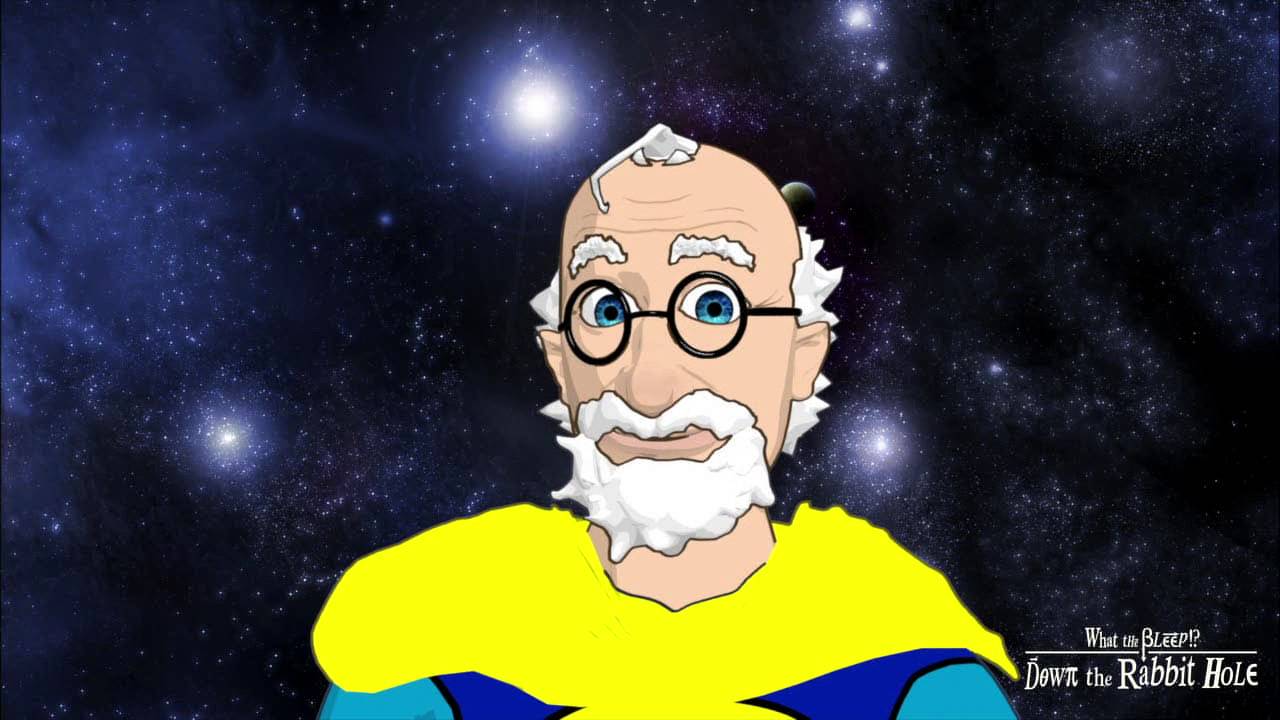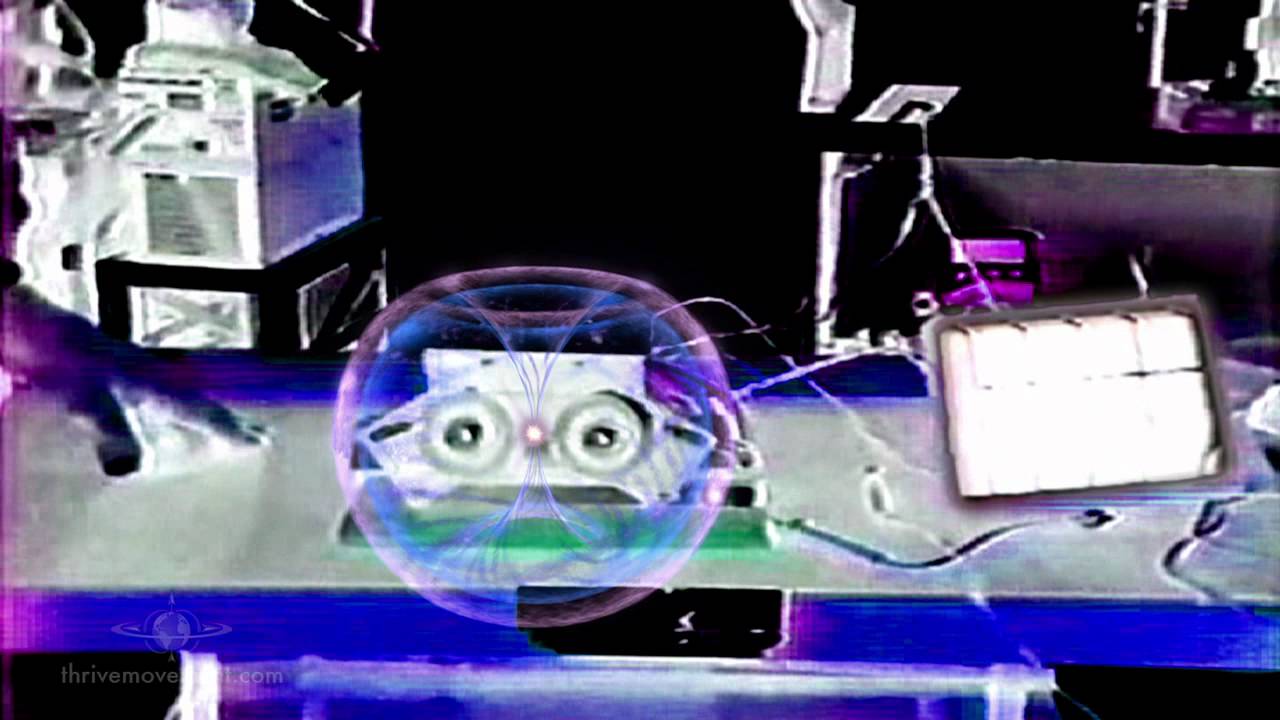Sep 15, 2016
A tight squeeze for electrons: Quantum effects observed in ‘one-dimensional’ wires
Posted by Karen Hurst in categories: computing, particle physics, quantum physics
Condensing electrons into Quantum Wires to advance QC on multiple devices as well as other areas of technology.
Researchers have observed quantum effects in electrons by squeezing them into one-dimensional ‘quantum wires’ and observing the interactions between them. The results could be used to aid in the development of quantum technologies, including quantum computing.
Scientists have controlled electrons by packing them so tightly that they start to display quantum effects, using an extension of the technology currently used to make computer processors. The technique, reported in the journal Nature Communications, has uncovered properties of quantum matter that could pave a way to new quantum technologies.
